Issue #12 of Stewards & Stories includes “Showing Some Love for Pump Action 22LR Rifles”, “A Case for Restoration”, and “A John of All Trades: Winchester’s John Olin”.
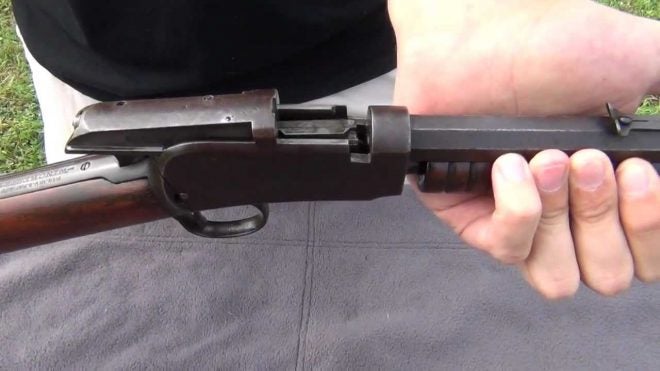

Issue #12 of Stewards & Stories includes “Showing Some Love for Pump Action 22LR Rifles”, “A Case for Restoration”, and “A John of All Trades: Winchester’s John Olin”.
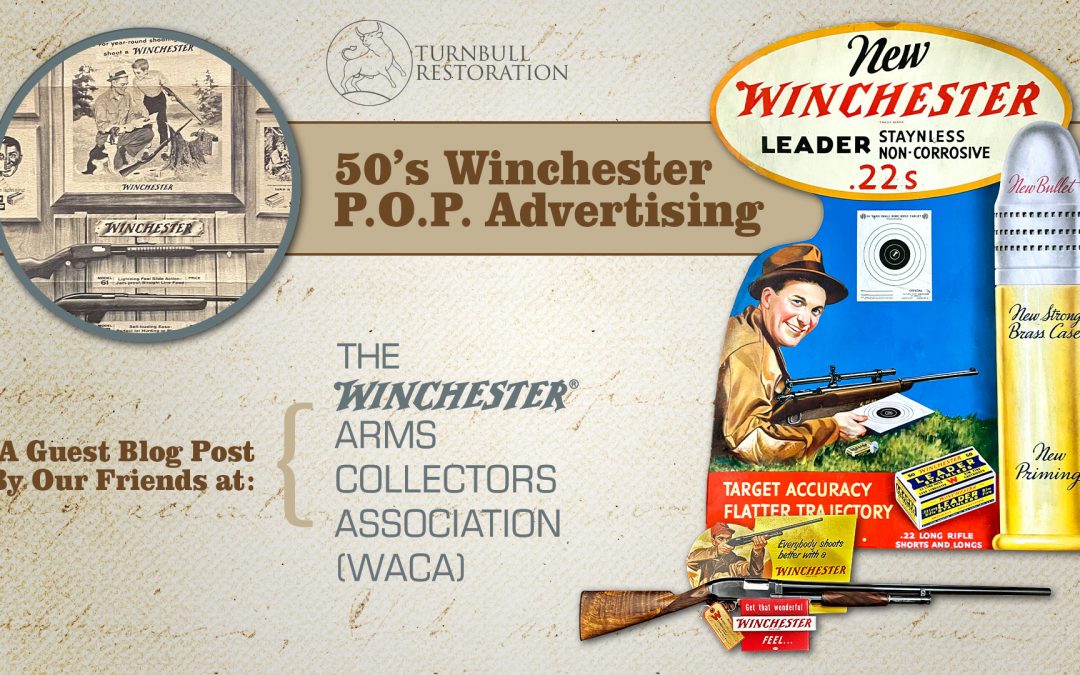
Collecting vintage Winchester rifles, carbines and shotguns is not only about appreciating the art of wood and steel that these legendary arms exemplify. It’s also about preserving the culture and values of the times when our cherished Winchesters were first made available to hunters, shooters and enthusiasts.

We see it often. You’ve come into possession of an old rifle, handgun or shotgun, and it’s now sitting idly in your safe. Perhaps it was passed down to you by a relative. Perhaps you or a family member were active in hunting or shooting sports years ago. This is a common occurrence, so if this is you, you’re not alone.
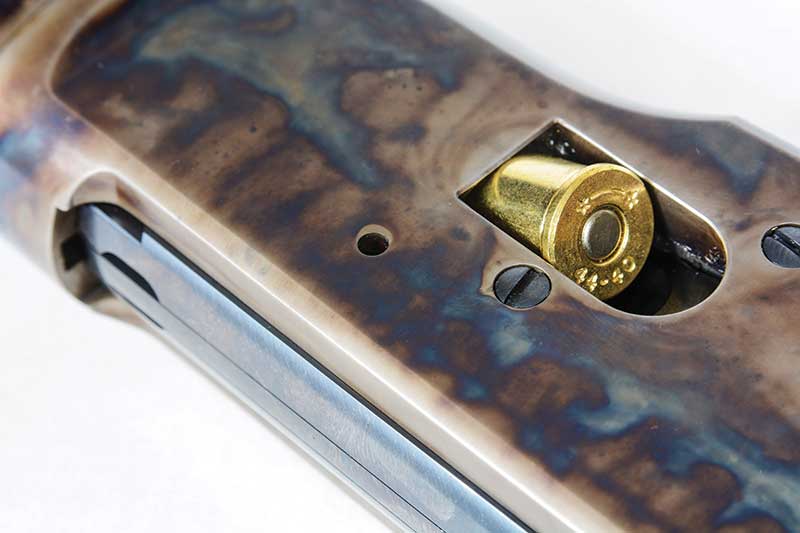
It's always a pleasure to work with our friends in the firearms media. They each possess great expertise, passion, attention to detail, deep knowledge... in a word: dedication. They help us stay in touch with what their equally-dedicated audiences want, and help us...
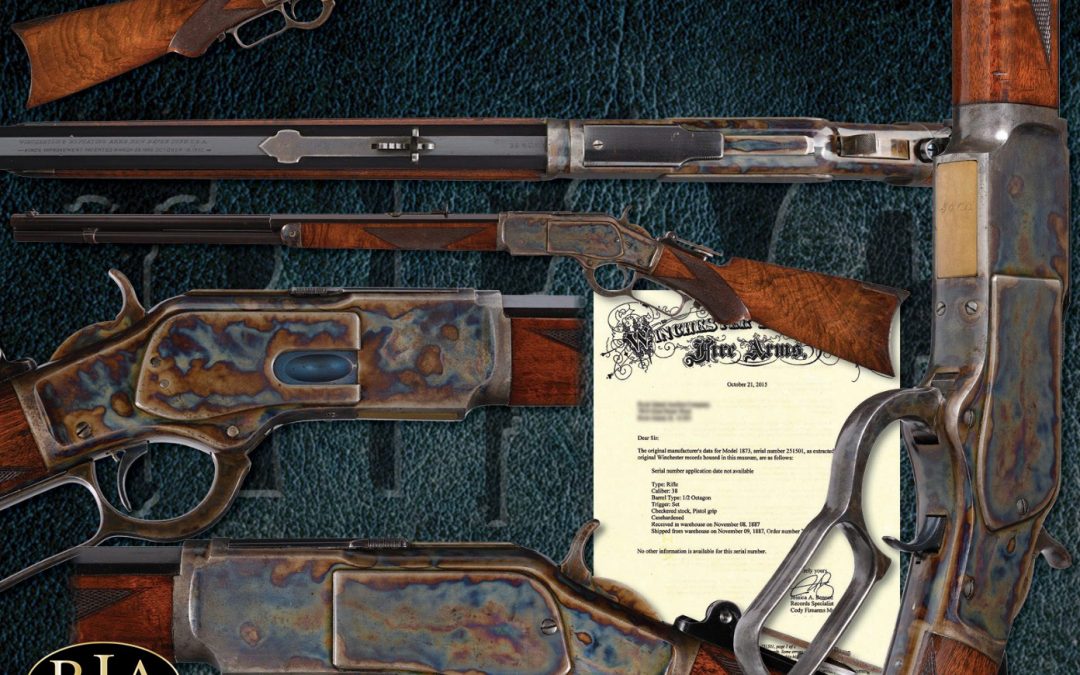
Today we’ll view a few immaculately preserved color case hardened firearms from the late 1800s and early 1900s compared to the restorations we’ve completed on the same models.
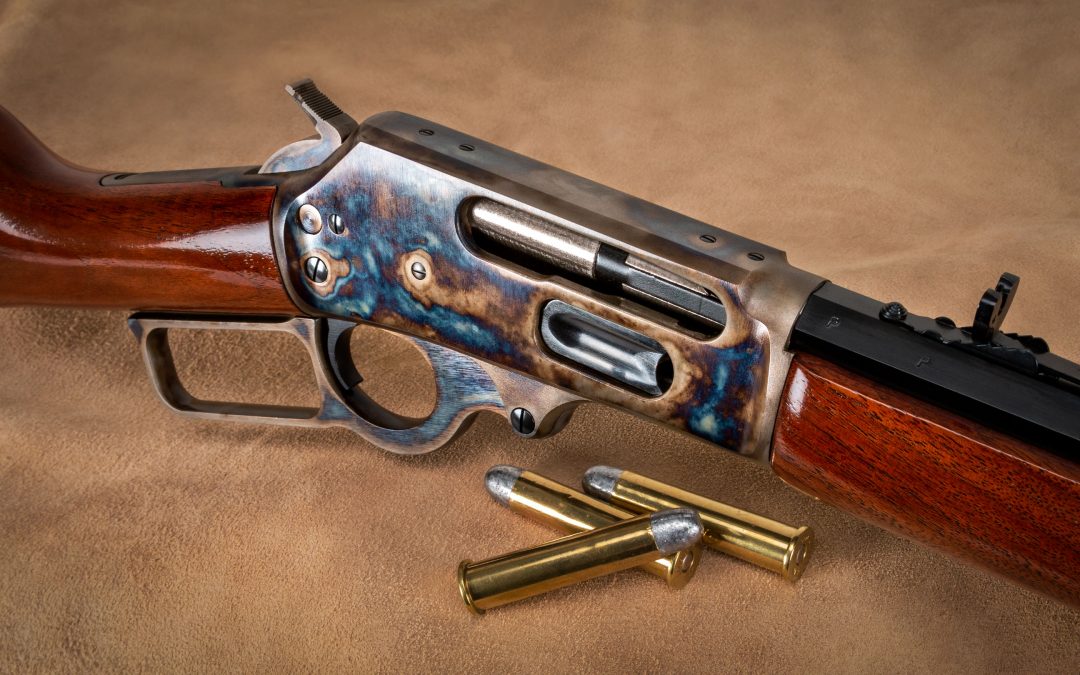
If you’re considering hunting with a lever-action rifle, the question is, what caliber do you choose? For your consideration, here are my top three choices for lever-action calibers for hunting.
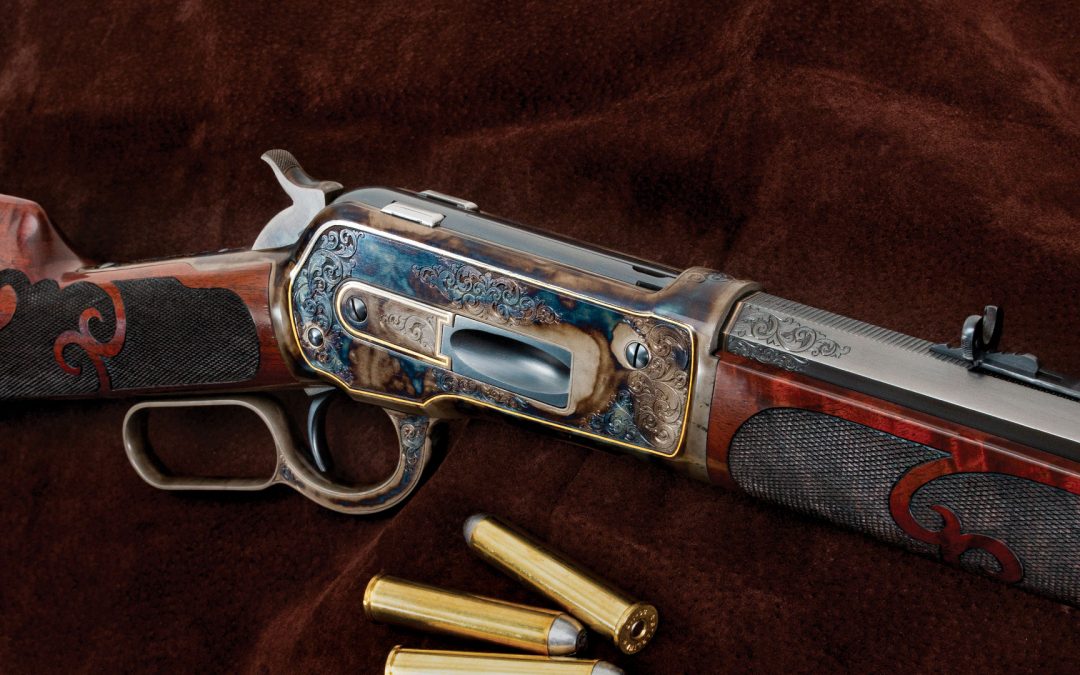
We’ve worked tirelessly to ensure our color case hardening is as authentic as it can be. We are proud of the work we do and the connection we have to the original master gunmakers of the turn of the century.

For the past 40 years Turnbull Restoration has been dedicated to the values of conservation and restoration. We take our firearms seriously, and we take our wetlands and wildlands seriously, too.
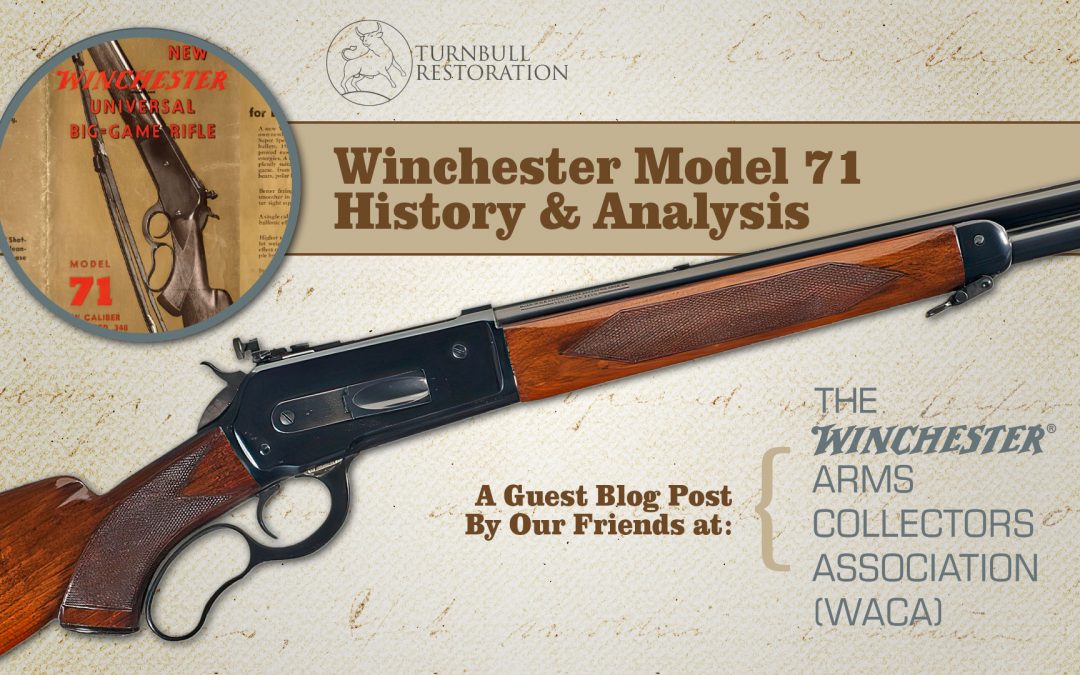
The Model 71 was designed as an improved (and stronger) variant of John M. Browning’s original Model 1886. It was listed in the 348 W.C.F. cartridge only, and ultimately, it was the only rifle ever manufactured for that cartridge/caliber.
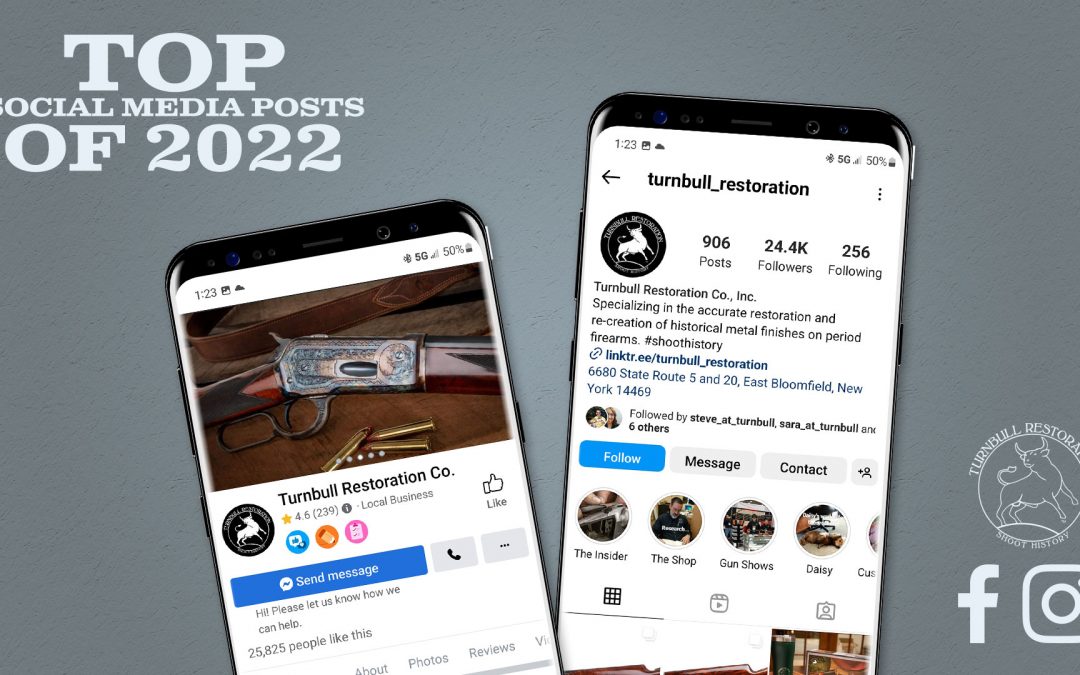
Sharing is caring, right? We’re grateful for the generosity of our Facebook and Instagram followers in 2022. They felt inspired to share our restoration and finish work with their friends in quantities that we haven’t seen in previous years. So we’re re-sharing the...